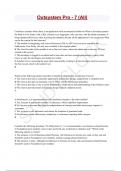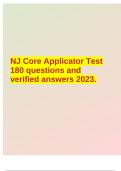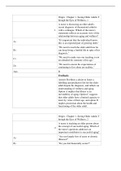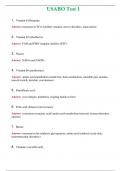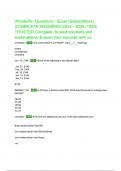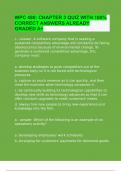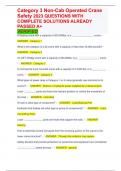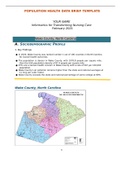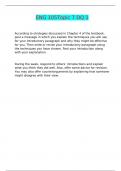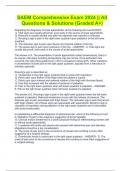Exam (elaborations)
Outsystem Pro - 7 (All) Exam Questions With Correct Verified Answers
- Course
- Institution
Outsystem Pro - 7 (All) Exam Questions With Correct Verified Answers Consider a scenario where there is an application with an unexpected behavior When a developer queries the built-in User Entity, with a SQL element or an Aggregate, only one user, with the admin username, is being displayed How...
[Show more]
